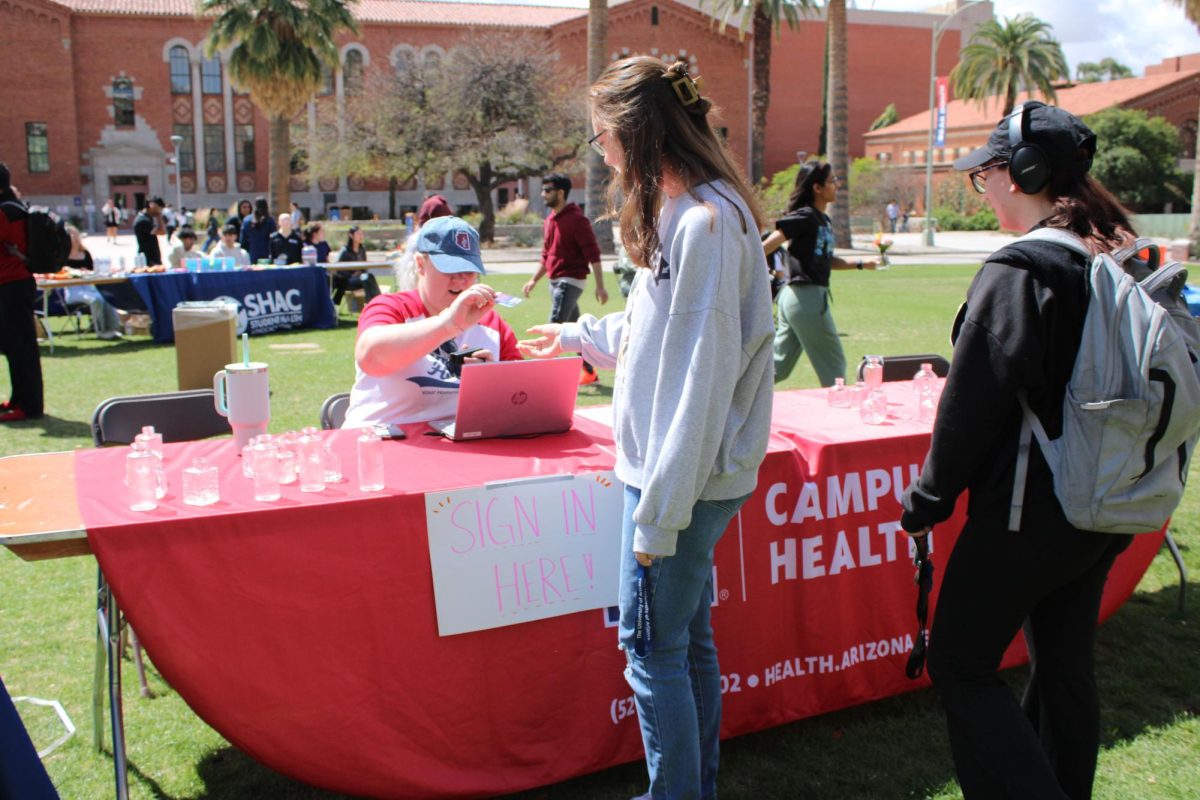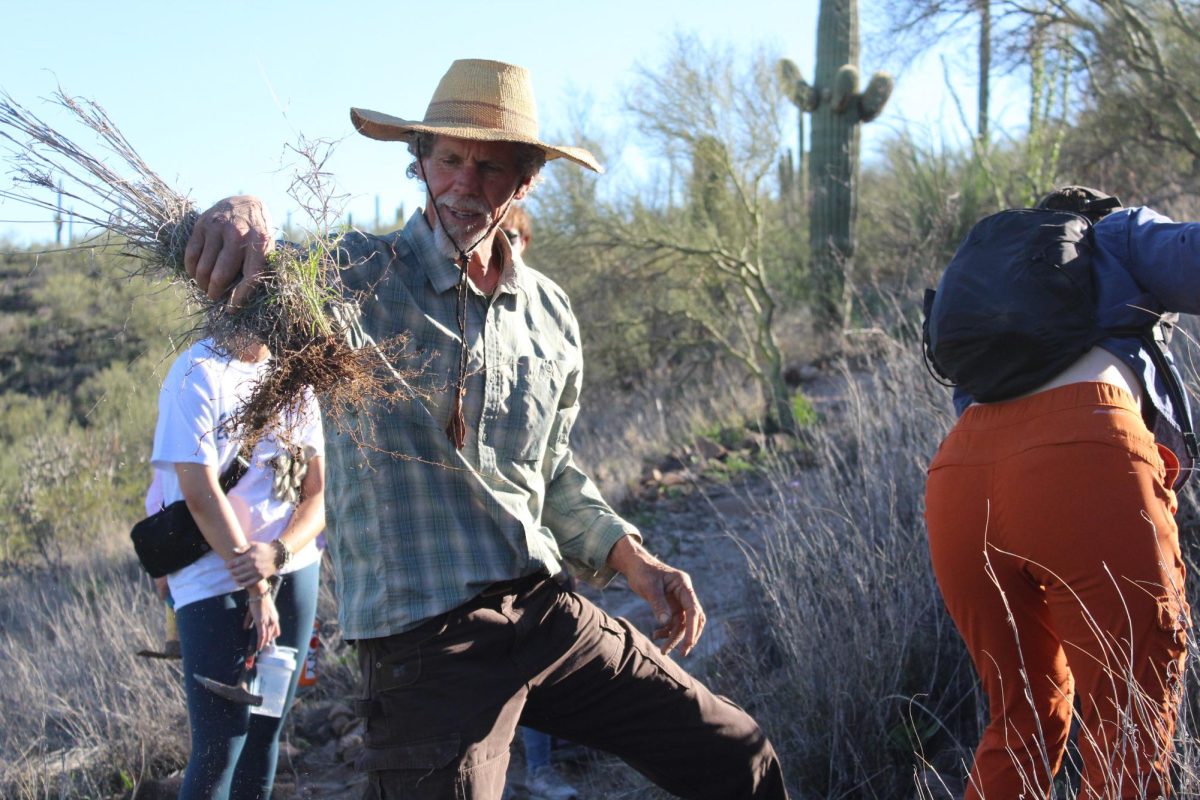Imagine a school where the students are hostile, the advisers are clueless and the administration seems to have forgotten that you exist. Sounds pretty horrible, but for some transfer students at the UA, it’s a daily reality.
As far as statistics go, it’s clear that transfer students are a sizable chunk of the UA campus. Just this fall, 1,092 transfer students enrolled at the UA, more than 800 of whom are from nearby Pima Community College.
As described by a group of transfer students I interviewed, there are two problems that frustrate their attempts to make a smooth transition to the UA. The first is a “”superiority complex”” adopted by UA students, a kind of snobbishness that is subtle but severe.
Lila Burgos, an undeclared sophomore who transferred from Pima this semester, described going to a club’s information session, only to be met with condescending looks when she mentioned that she came from Pima. “”They wouldn’t even talk to me,”” said Burgos. “”It was just very brusque.””
Bill Duy, a pre-engineering sophomore and recent Pima transfer, was rather blunt. “”When you tell someone that you came from Pima, it’s like you just said your dog died,”” he told me matter-of-factly.
Of course, complaints like these are hard to quantify, but the second problem is easily measured and far more worrisome. According to this group of transfer students, the UA lacks an effective system to prepare transfer students for the byzantine UA bureaucracy.
Take, for instance, student success 210: Transfer Strategies, a joint Pima-UA class to help Pima students transition to the UA. According to the class syllabus, the class covers admissions topics like “”planning for successful transferring,”” “”transfer policies”” and “”transition procedures.””
That’s all fine and well, and the Pima students I spoke to seemed to think the class helped. But according to students who didn’t take the class, getting into the UA wasn’t ever the problem – figuring out what to do once they got here was.
“”My roommates and other friends have been the ones to point me in the right direction instead of an adviser,”” said biology junior Ashley Bartholomew, a transfer student from Chandler-Gilbert Community College.
Astronomy junior Karen Hames, a transfer student from Willamette University, put it rather succinctly: “”I haven’t found anyone that’s friendly and helpful.””
This complaint might seem familiar to traditional students; poor advising is something of an accepted malady here at the UA. But it’s especially harmful to transfer students, who are usually in the middle of their college career and can’t afford to make a mistake that might set them back a semester.
So what can be done? Well, the University of Arkansas provides transfer mentoring and peer counseling. The University of Illinois at Urbana-Champaign hosts open houses and advising sessions exclusively for newly enrolled transfer students.
When compared to programs like these, the UA is conspicuously lacking. Currently, there’s no formal orientation process for transfer students (it’s left to the various departments), and transfer students are assigned to the same advisers as traditional students.
Paul Kohn, the assistant vice president for admissions and financial aid, conceded that the UA doesn’t offer any sort of support services once transfer students are enrolled but argues that transfers “”are more likely to succeed if they complete their associate’s degrees before coming to the UA.””
Kohn may be right, but a comprehensive solution would mean taking a proactive stance once transfers get to the UA, not just telling them what to do before they arrive. The first step, then, is to institute a formal orientation process for all transfer students to ensure that they’re given a uniform set of information.
Once they’re enrolled, though, the UA should do more to ease the process by offering designated transfer mentoring, transfer advising and perhaps even a formal class for transfer students that tackles the problems they’re likely to encounter in their first semester.
With money as tight as it is, this might not seem like a priority to the administration. But it makes business sense to retain the cascades of transfer students coming to the UA; ignoring the problem will only exacerbate the kind of alienation felt by political science junior James Pennington-McQueen, a Pima transfer.
“”This university is already too focused on research,”” he said, “”so there’s a three-tiered system – graduates are at the top, undergrads are beneath them and, well, transfer students are at the bottom.””
Damion LeeNatali is a senior majoring in political science and history. He can be reached at letters@wildcat.arizona.edu.








